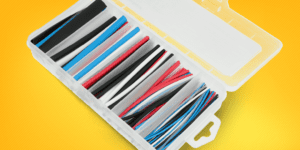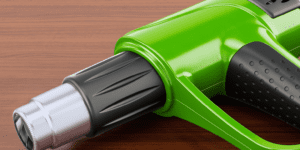Spis treści:
A dozen or so years ago, the vast majority of wall decorations were made using traditional methods – by hand or through one of the reprographic techniques, such as oleo-printing or (since some time ago) increasingly popular prints on canvas. Nowadays, the original or a copy of a work of art are not the only decorative elements that we encounter in modern homes or flats. Creative, unconventional ideas are gaining more and more importance in the current decorating trends – including 3D wall paintings, drawing on the knowledge of the mechanisms of vision and optical illusions and using 3D printing technology.
How to choose a 3D picture for your wall?
Choosing the right decoration for a specific room depends on many factors. The first of them is the size of the room and the amount of space available on the wall. Unlike classical decorations, which may look impressive as a collection of separate, smaller pictures or photos, 3D pictures for walls need space. It is worth remembering, that the three-dimensional effect becomes clearer, when we observe a given graphic from a greater distance – so that we can cover the whole picture with our eyes.
The second issue is the style and colours of a particular decoration. The way in which the image blends in with the surroundings plays a key role here – modern lofts and flats will correspond perfectly to “cosmic” or “futuristic” graphics, based on three-dimensional computer generated models or on a graphical representation of mathematical models (e.g. fractals).
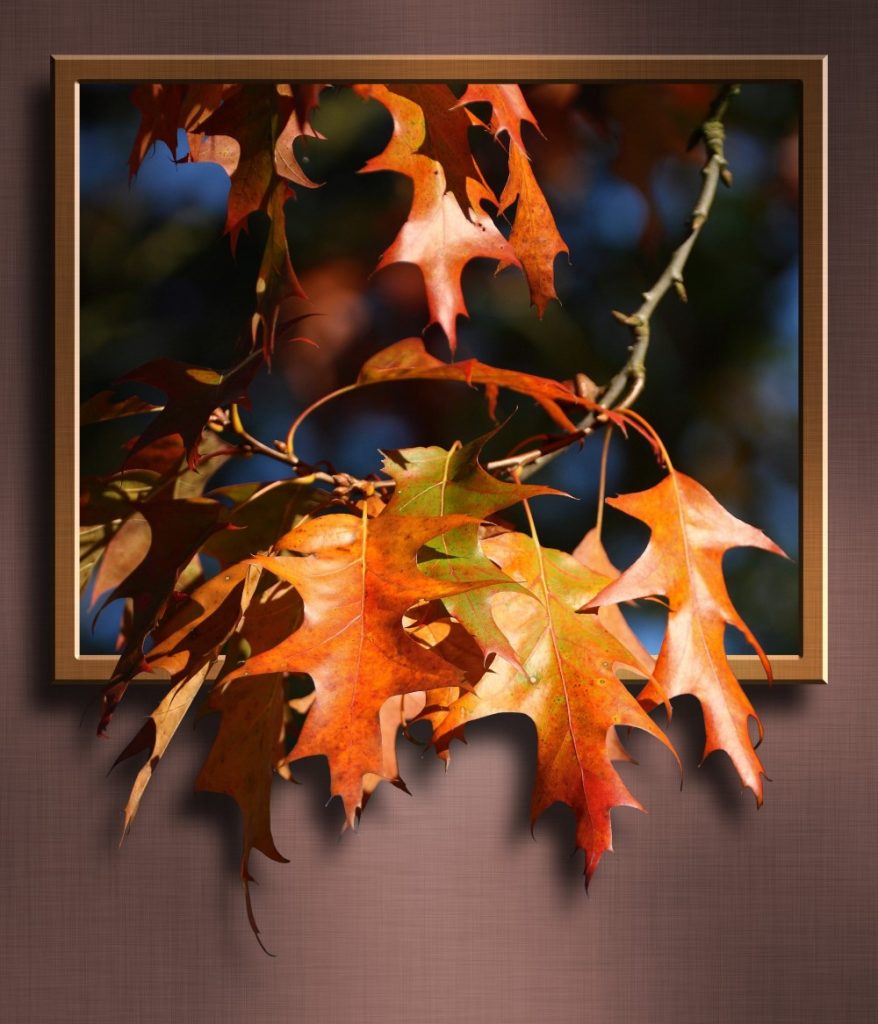
On the other hand, a 3D wall painting for a classical interior can refer, for example, to abstractions imitating painting or draw on realistic patterns: flowers, fruit, buildings, presented in such a way as to give the impression of three-dimensionality, or “coming out of the background”.
One , two, three? How many will be enough?
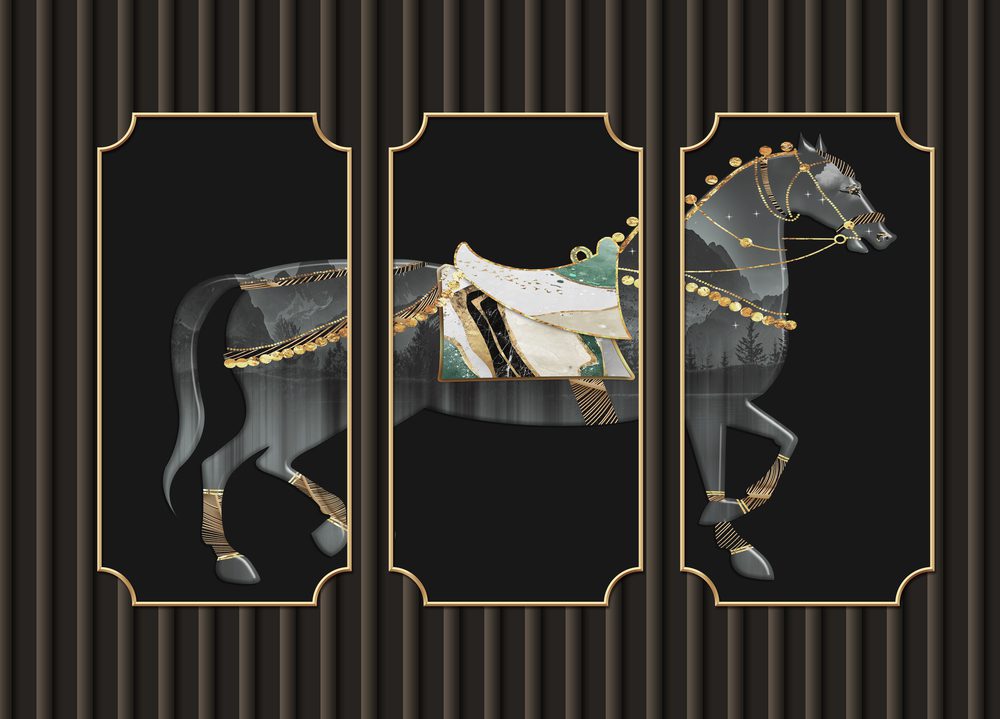
A single 3D picture for the wall – printed on a single canvas – is enough to get the desired effect. However, if we want to use not only the motif of the painting, but also the shape of the canvas, we can decide on a diptych, triptych or even polyptych. The first of the mentioned terms refers to a picture composed of two, the second – of three, and the third – of four or more parts. Again, modernity departs from the usual schemes here, because nowadays multi-part graphics printed on canvases, apart from the classic (vertical) arrangement of adjacent canvases, also use creatively arranged elements of different sizes.
In which technology are 3D wall paintings made?
The most common solution is printing on canvas. In this case a layer of paint is applied directly onto the prepared canvas and the whole process is carried out with a plotter – a bit like preparing paper prints with a home printer.
Another possibility is to use a mixed technique – e.g. preparing a convex or rough structure on the base (canvas) and only then covering it with paint. This type of decoration is easier to do by hand, e.g. with special structural pastes.
Of course, nothing stands in the way of completely separating work on the painting from typical painting or reprographic techniques and trying, for example, to print the image on an FFF/FDM printer.
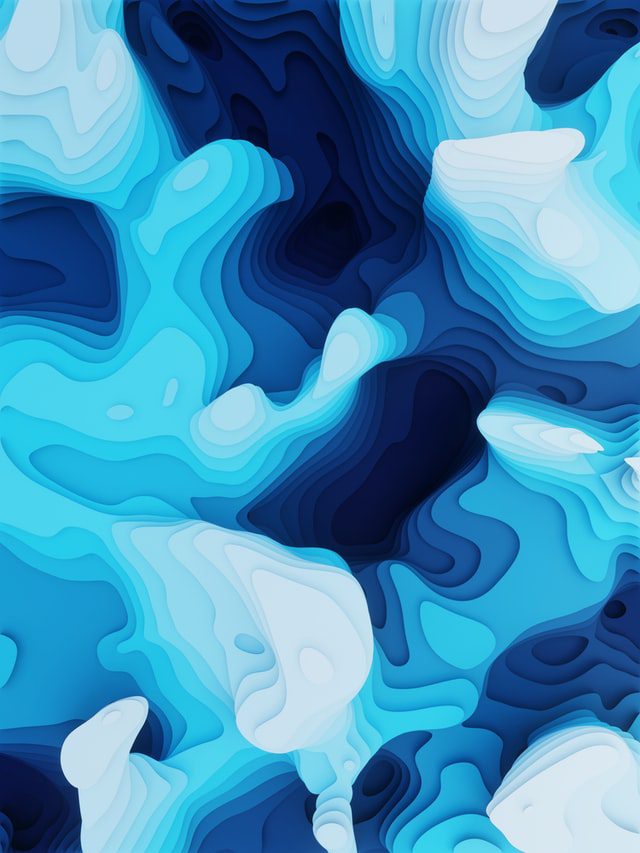
The use of a 3D printer facilitates obtaining a decoration whose structure resembles classical reliefs. Of course, in this case the three-dimensional effect is built in a different way than in the previously discussed prints on canvas. The use of filament allows the use of natural chiaroscuro and even introduce backlighting to the finished image. The advantage of the printer is the ability to produce any number of almost identical copies of the same 3D image, as well as the ease of use of coloured filaments, which reduces the need for subsequent manual painting of the printout.
The seemingly trivial subject of decoration can be the one that transforms the interiors of homes, offices or just unused space and maybe even our mood. If you are interested in this topic, we encourage you to read other articles, which you can find on our blog.
How useful was this post?
Click on a star to rate it!
Average rating 0 / 5. Vote count: 0
No votes so far! Be the first to rate this post.



